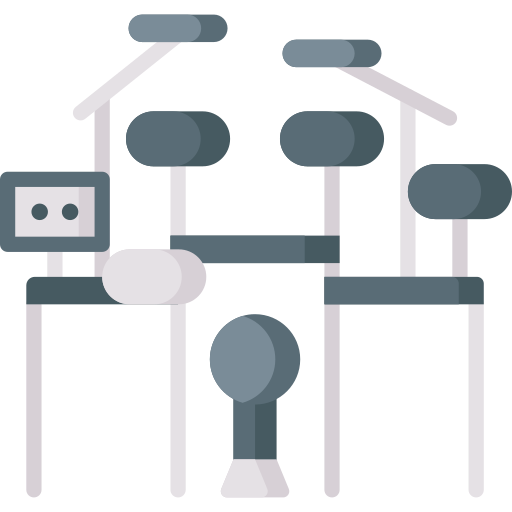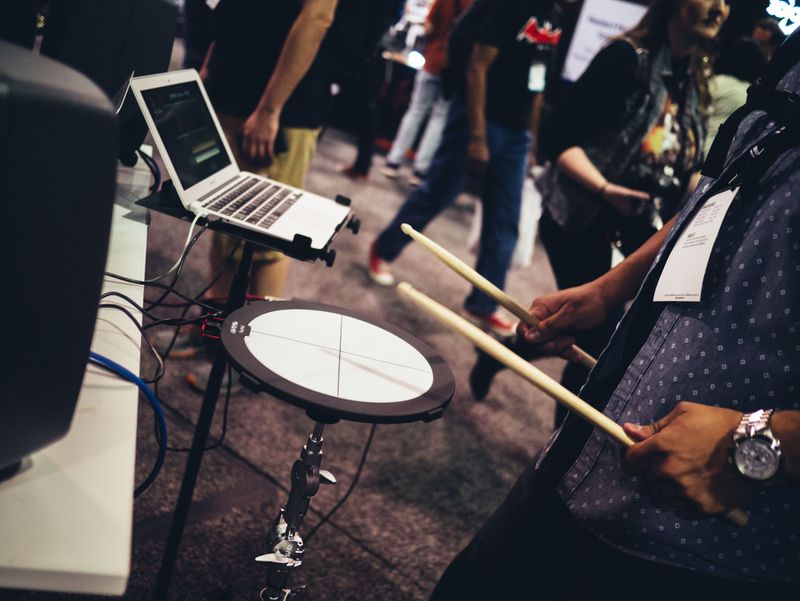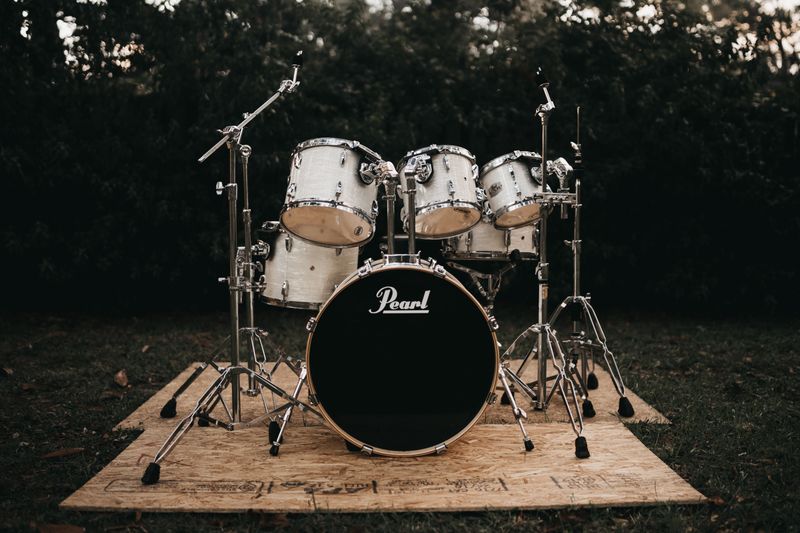 Photo by David Martin on Unsplash
Photo by David Martin on UnsplashI guess drumming wasn't even a hobby, just something my body naturally wanted to do, tapping stuff.
— Eric Hernandez, drummer for The Hooligans and Bruno Mars
A song starts playing over the radio. Drawn to the rumbling undercurrent of the song, you start swaying from side to side, or tapping your toes, maybe slapping your hand against your leg in time with the music.
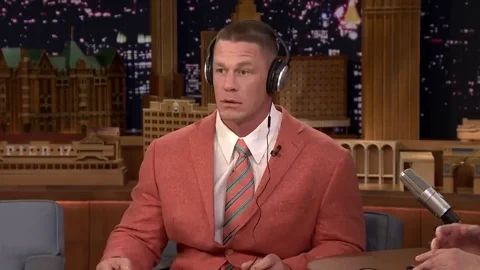
Maybe you've thought, "I'd love to start playing drums but I don't know where to begin!" Drums appear in literally every type of music, so you've got a world of choice with the drumming you can do.
As a drummer myself, I know it can be difficult to know where to start. Explore how you can begin playing drums with these important first steps.
Gather Drumming Materials
I had learned to play drums by arranging pillows on my floor and my bed in the formation of a drum set and playing along to Bad Brains.
— Dave Grohl, drummer of Nirvana and Them Crooked Vultures
People might say that drumming is expensive as even entry-level drums can be costly. You can start playing drums by using objects in your own home. Sheila E., ex-drummer for Prince, recommends getting started using pots and kitchen utensils.
Watch the video below to see this in action:
You can look for used drum kits on Ebay, Facebook Marketplace, or in your local classifieds. Some usable kits are even given away for free!
Acoustic vs Electric
If buying them is your route, you'll have to start with a choice between acoustic or electric. Watch the video below for an introduction to both types of drums:
Acoustic
Acoustic drums are ready to play when you are! They do take up more space, and you'll need to learn how to maintain them (for example, changing overused drum heads) and tune them. Controlling how loud they are is also more of a challenge.
Electric
Electric drums are less maintenance overall, but may not be as responsive when you hit them (depending on the quality of the kit). They also only work when plugged in and need to be used with headphones or a speaker.
Which one has a better sound? It comes down to a matter of taste! Head to a local music store to try out some different acoustic and electric kits — only through testing will you find your preference.
Drumming On Your Own
Every thing and every human action revolves in rhythm.
— Babatunde Olatunji, Grammy Award-winning drummer and educator

Maybe you'd prefer to drum alone at home or be the sole drummer with other musicians. If so, there are many solo drumming styles to explore. Check out this video about different styles to see which music you're drawn to.
Once you have found a style or two that you like, you can check out online drumming programs such as Drumeo (for acoustic) or Melodics (for electric drums) to build up your knowledge.
Drumming In a Group
The drums are humanity's common pulse.
— Shannon Thunderbird, First Nations singer-songwriter, educator, and recording artist
Drumming in a group can be invigorating and lots of fun! Drumming groups often focus on traditional drumming styles such as taiko from Japan or Caribbean steel drums.
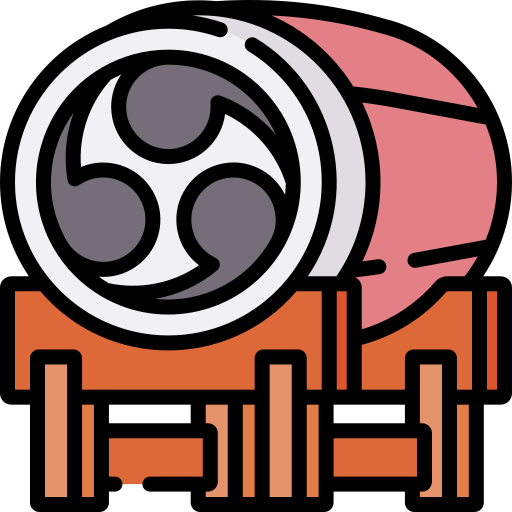
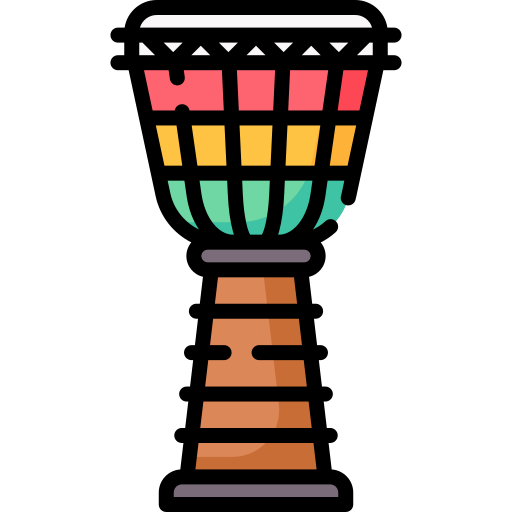
In these groups, different types of drums have their own "voices". For example, in Ashanti drumming, there are "male" and "female" drums that "talk" to each other during the performance.
You could also join a drumming circle with a mix of traditional instruments from many places.

Attitude is Everything
Before you begin, let's talk about the best attitude for success in drumming.
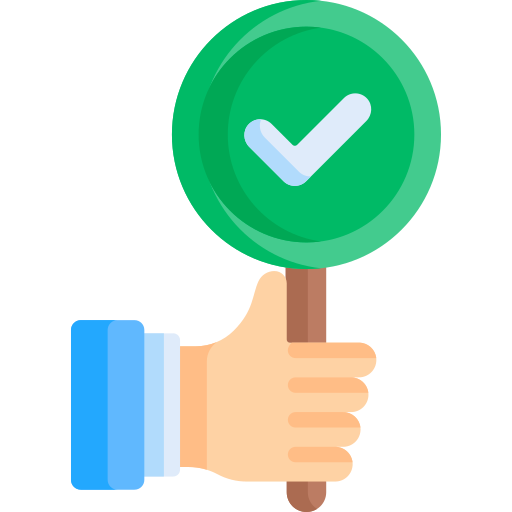 The productive attitude:
The productive attitude:
I can practice alone to improve.
I’ll work hard on my timing to become a better drummer.
I want to play in a band because I love music.
I'm willing to learn to read drum notation to play a wide variety of songs.
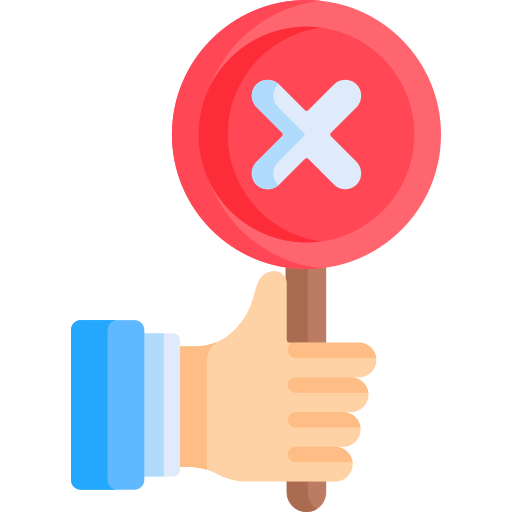 The unproductive attitude:
The unproductive attitude:
I won't need to practice alone, I'll just play in a group.
Drums are an easy alternative to other instruments.
I want to play in a band so I can hang out with my friends.
I don't need to learn to read drum notation I can just learn by ear.
Be aware that if you identify with any of the unproductive statements, they'll work againstyour improvement!
Drumming takes consistent, focused practice. You need to work on developing muscle memory so that you are hitting the drums correctly and training your ear so that you're playing in time.
If you do focused practice, you're in for a world of fun and creativity with drumming! If you don't, you could end up frustrated by your lack of progress. 😟
YouTube is Your Friend When Starting Out
[With] drumming, you're involving all four limbs, and you're hearing stuff and you're converting your ideas into physical motions, getting physical feedback from things you are touching.
— Michael Azerrad, rock journalist, author, and drummer

You can use YouTube to look up:
Lessons with search questions like "How to start playing drums".
Explanations on drumming terms — for example, what are rudiments and why should I do them?
Demonstrations of techniques such as paradiddles or flams.
How to structure your practices.
Walkthroughs of how to play different songs.
Seek Out Drumming Festivals
A good drummer listens as much as he plays.
— Indian proverb
 Photo by Sara Cottle on Unsplash
Photo by Sara Cottle on UnsplashDrumming festivals can be goldmines for information and inspiration. At these events, you can often:
Explore the show and ask questions to improve your knowledge.
Take a free drum classes to learn some new drum patterns.
Attend masterclasses to improve technical skills.
Even enter a competition to showcase what you can do.
It's easy to search for drumming festivals in your area!
Quiz
If you wanted to learn about the Indian tabla, what could you do? Select all that apply:
Take Action
Your feedback matters to us.
This Byte helped me better understand the topic.


